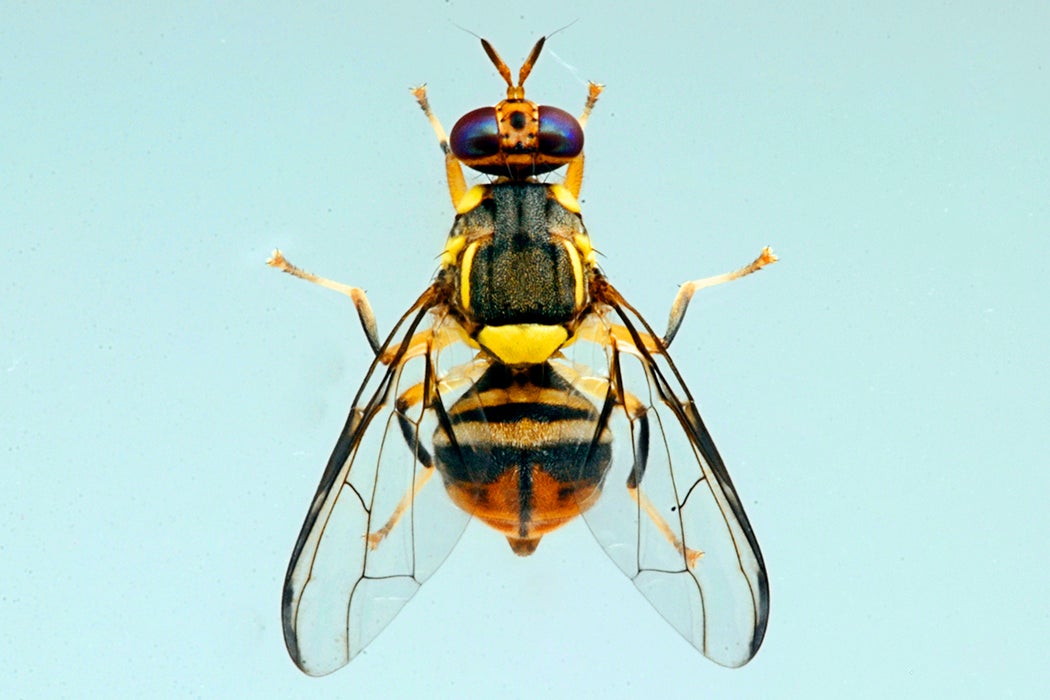Invasive species present complex environmental and economic challenges to habitats everywhere. They can alter the food chain and cause lasting damage to the structure and/or health of an ecosystem, sometimes permanently impacting habitats, farms, and forests. In a study conducted by Sergio Alvarez and Daniel Solís, the researchers explored the short- and long-term economic costs of invasive species—and who should pay.
At the time of the study, invasive species cost the US $120 billion per year in economic and environmental damages, and these costs are likely to persist (or increase.) “Recent analyses on invasive threats indicate that the level of damages to agriculture worldwide is likely to increase, with major food-producing nations such as the United States, Canada, China, Argentina, Australia, and South Africa among the most threatened nations.”
To understand the threat, it’s essential to understand the stages of a biological invasion: arrival, establishment, and spread. Most species arrive via transport of goods during international trade. Upon arrival, a species likely exists at a low population, and if possible to detect, efforts to remove them can be less expensive.
However, it’s challenging to identify a new species so quickly, especially if inspection services are not looking for them. In a new environment without predators, the invasive population may grow and quickly outpace native species. If enough time passes, the invaders can become established and spread, increasing the costs of mitigation and/or removal.
Traditionally, the response and control plan for an invasive species is designed on a case-by-case basis. The authors argue that the time between species arrival and the onset of management is critical to determining the ultimate cost of an invasive species. Waiting can become costly, quickly.
In a case study of the oriental fruit fly (Bactrocera dorsalis) in Florida, the insect was detected almost immediately. Despite this, fruit and vegetable growers lost an estimated $10 million, while the government spent $3.5 million in remediation. Other agricultural pests, the African and Asian psyllids, went undetected, bringing citrus greening disease to Florida via bacteria carried by the invasive species. Control, research, and management continues today, and growers continue to lose yields, with recent research by the University Of Florida reporting that “[s]ince [citrus greening] was first found in 2005, orange acreage and yield in Florida have decreased by 26% and 42%, respectively.”
Weekly Newsletter
The economic costs of these threats extend beyond just management tactics: “the industries [the invasive species threat] affects will be devastated to the point where they either go out of business or are operating with large costs to control the pest at a localized level.”
The strategy to manage invasive species must unite policy and science. The authors conclude, “[A]bove all, time is of the essence. Addressing tomorrow’s biological invasions must necessarily begin today with smart public investments in surveillance systems, forward-looking risk assessments, and effective narrow-target eradication techniques, which will make rapid and aggressive response a tangible option.”
Support JSTOR Daily! Join our new membership program on Patreon today.







